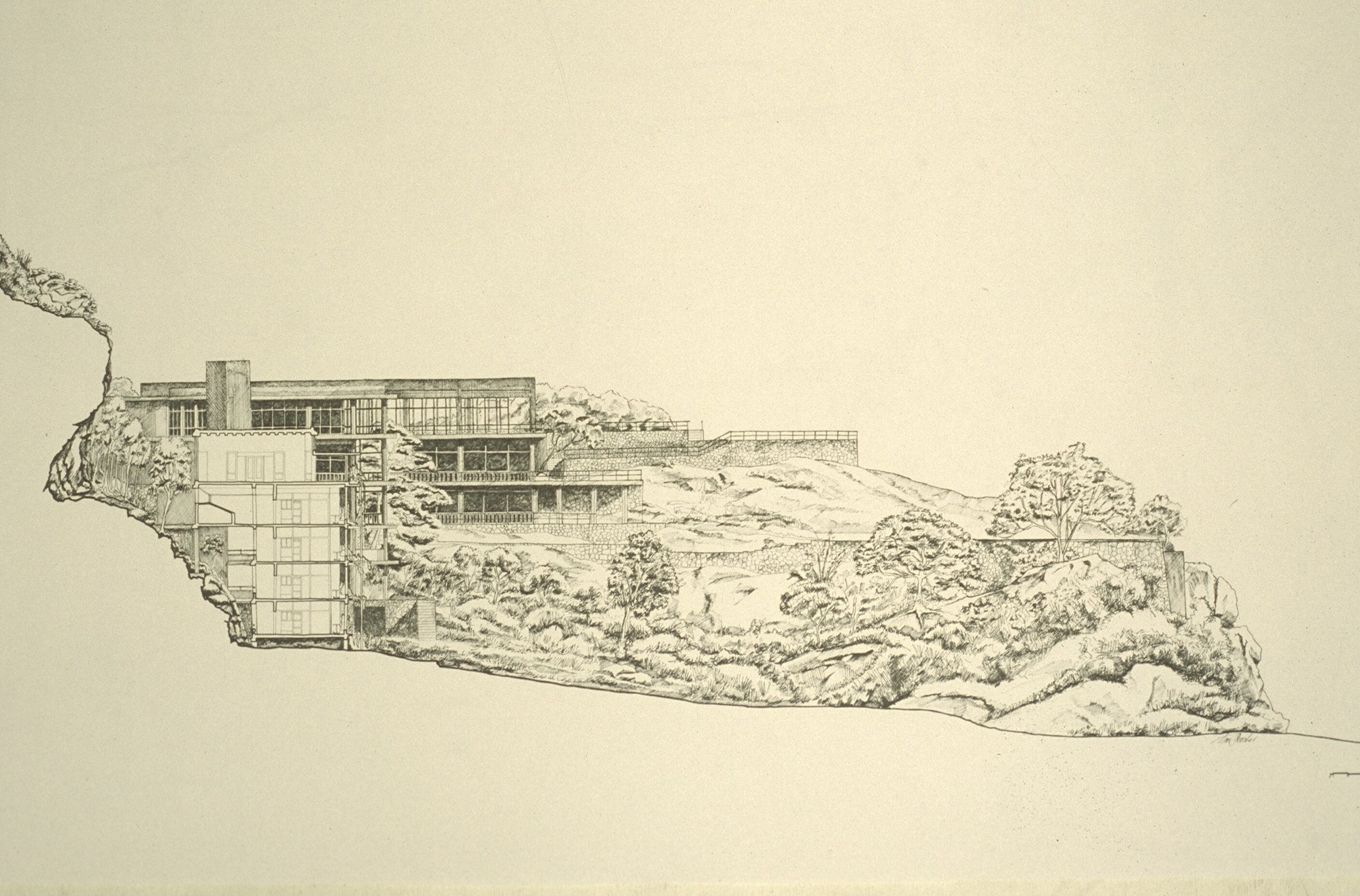
A lot of things happened in 2013. Zaha was in the news about every other week. She was copied in China and then accused of designing a giant vagina in Qatar. Rem’s son is producing a documentary about his dad. We lost Prentice Women’s Hospital. We almost lost the American Folk Art Museum. There were a lot of stellar exhibitions and one that took things On the Road. It was the year of high-rise after high-rise, with Rem changing the game yet again by lifting the podium off the ground and sticking to his formal guns, refusing to indulge in curvy shapes.
Things at Architecture for Humanity were shaken up with the departure of co-founders Cameron Sinclair and Kate Stohr. Resiliency became the new sustainability. China suddenly became defined less for its adventurous architecture and urbanism and more for its darker, smoggier flipside. My hometown, Los Angeles got a few more bike lanes, some big plans for its concrete river, plus a new Bloomberg-esque mayor with attendant sustainability tsar. There were people complaining about architecture and telling us why they left the profession. Kanye got attacked for daring to tell us why he likes architecture, and then architecture loved talking about Kanye for weeks on end until we just wanted architecture to shut up about Kanye. Poor Kanye. There are so many things we could say were key in 2013. It’s been a great year. And there were also a lot of fantastic buildings.






.jpg?1388522487)

.jpg?1388503603)














